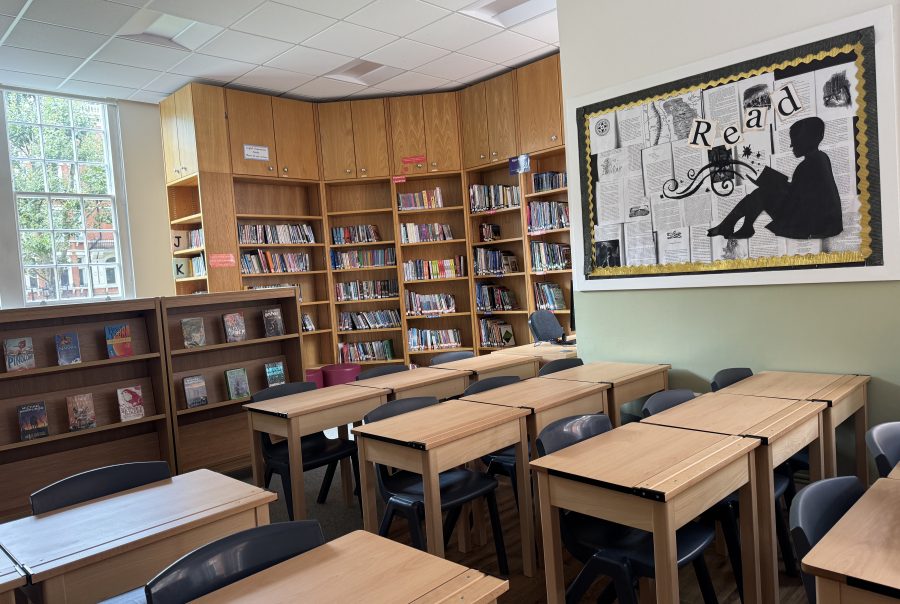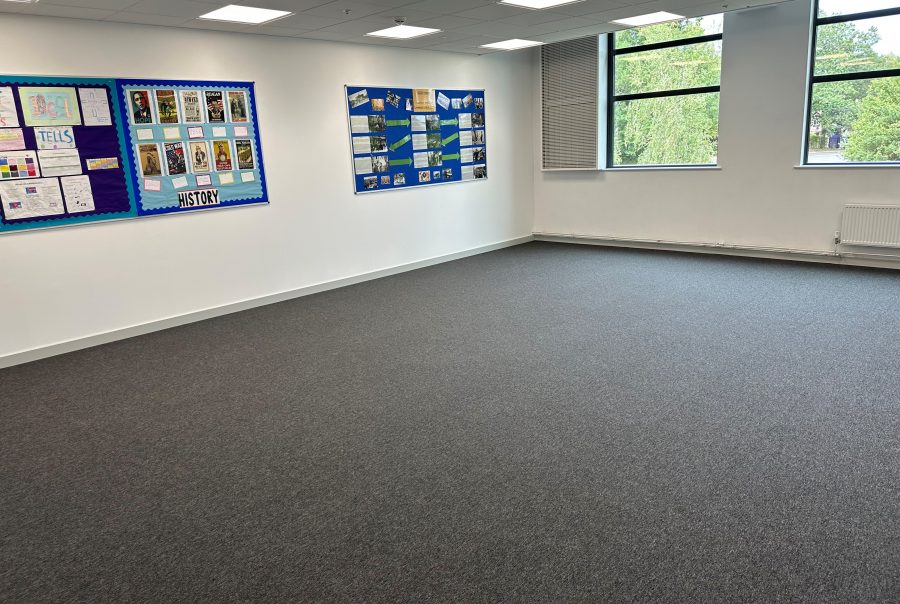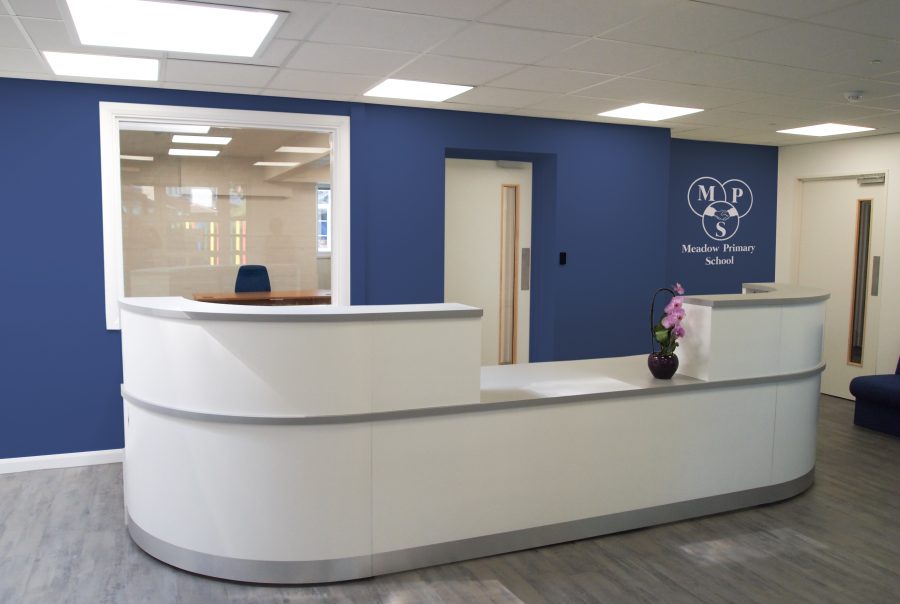At CID Studyspace, we understand the importance of creating safe, stimulating environments for young children. If you’re thinking of converting an existing classroom into a nursery, the process involves thoughtful planning to meet the needs of young children while adhering to UK regulations. Here’s a guide to help you transform your space into a welcoming nursery that supports learning, play, and care.
Step 1: Understanding the Requirements for Nursery Spaces in the UK
Before diving into the renovation process, it’s crucial to familiarize yourself with UK regulations for nurseries. Key requirements include:
Staff-to-Children Ratios
- Children aged under 2: 1 staff member to every 3 children.
- Children aged 2–3: 1 staff member to every 4 children.
- Children aged 3–5: 1 staff member to every 8 children (if a qualified teacher or Early Years Professional is present).
Ensure your staffing plans meet these guidelines, as this will influence your budget and space usage.

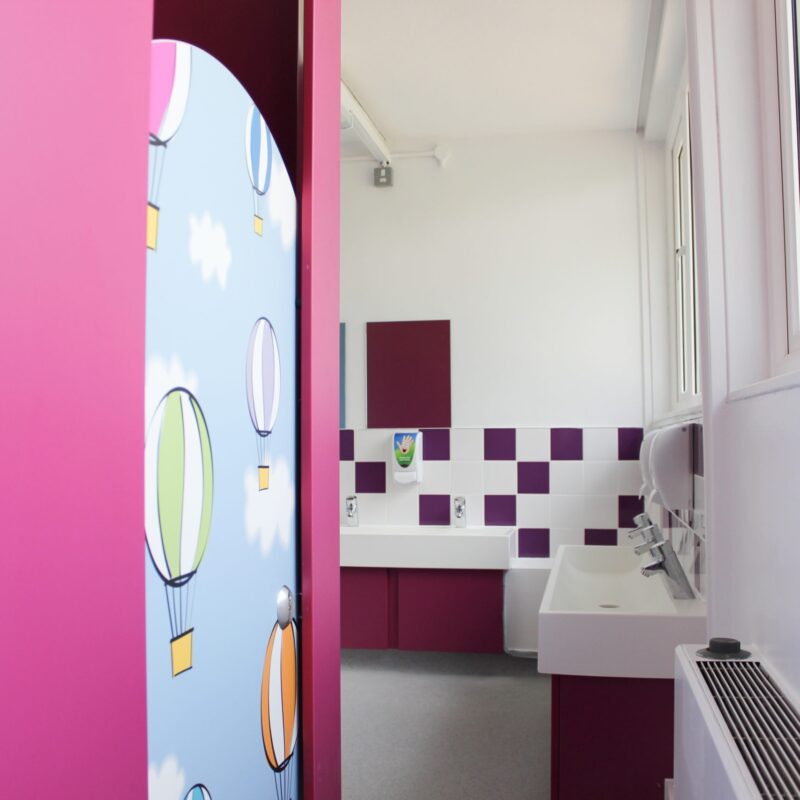
Washing and Toilet Facilities
- Nurseries must have appropriate-sized toilets and basins for children, located near the main play area.
- A minimum of one toilet and one washbasin is required for every 10 children over the age of 2.
- For babies and toddlers, a designated area with a nappy-changing facility and handwashing station is essential.
- Use non-slip, waterproof flooring to prevent accidents in wet areas. Choose materials that are easy to clean and disinfect.
- Design the toilet area to allow staff to supervise without compromising the children’s privacy. For instance, low walls or half-height doors can ensure children are safe while providing some visual coverage.
- Ensure the area has proper ventilation to control moisture and odors. This keeps the space fresh and helps maintain hygiene.
Sleeping Areas
- Young children need safe, quiet spaces for napping. Ensure a designated area with sufficient cots or mats, particularly for babies and toddlers under 2.
- The space should be separate from the main play area to reduce noise but still be easily monitored by staff.
- Leave enough space between cribs or beds to ensure children can rest peacefully and for easy staff access.
- Use soft, dimmable lighting to create a relaxing atmosphere. Nightlights or blackout shades can help with naptime during the day.
- Maintain a comfortable room temperature, as overheating can be unsafe for babies and disrupt sleep for preschoolers.
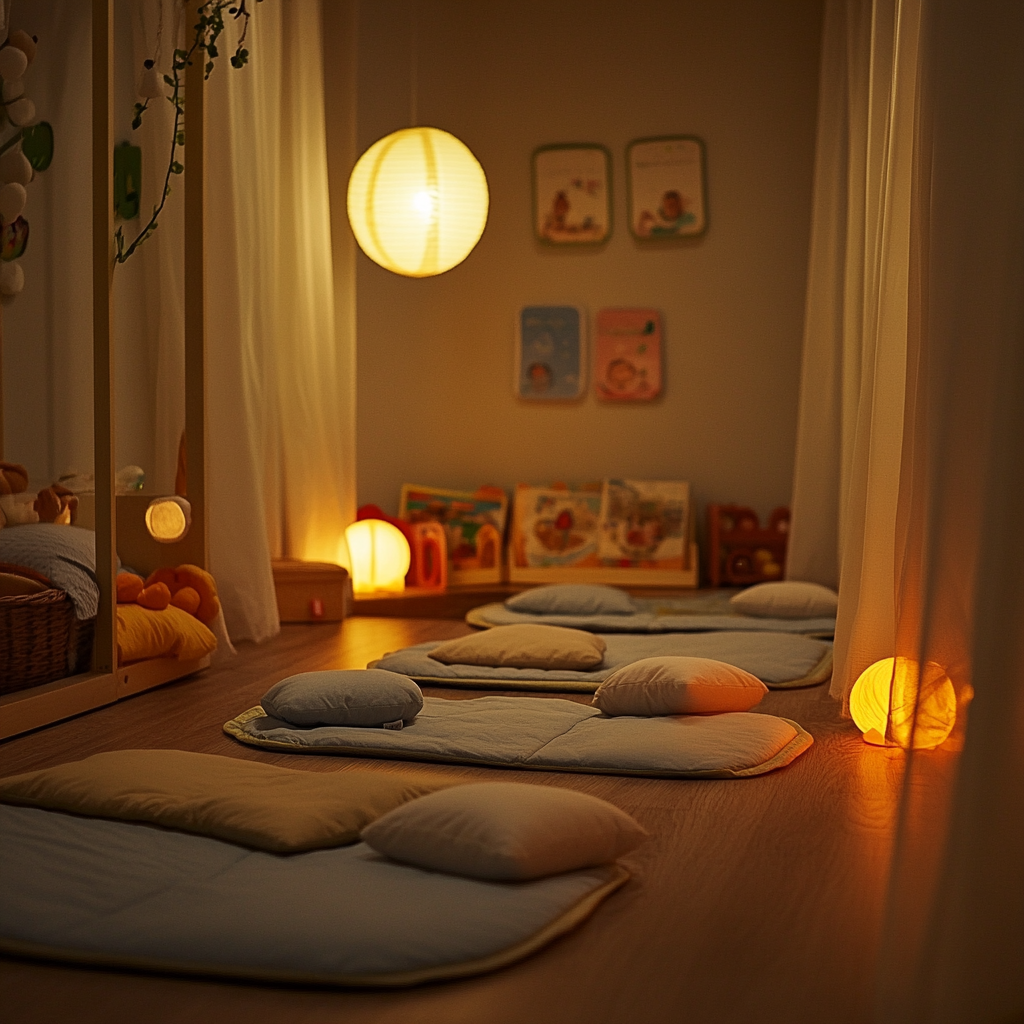
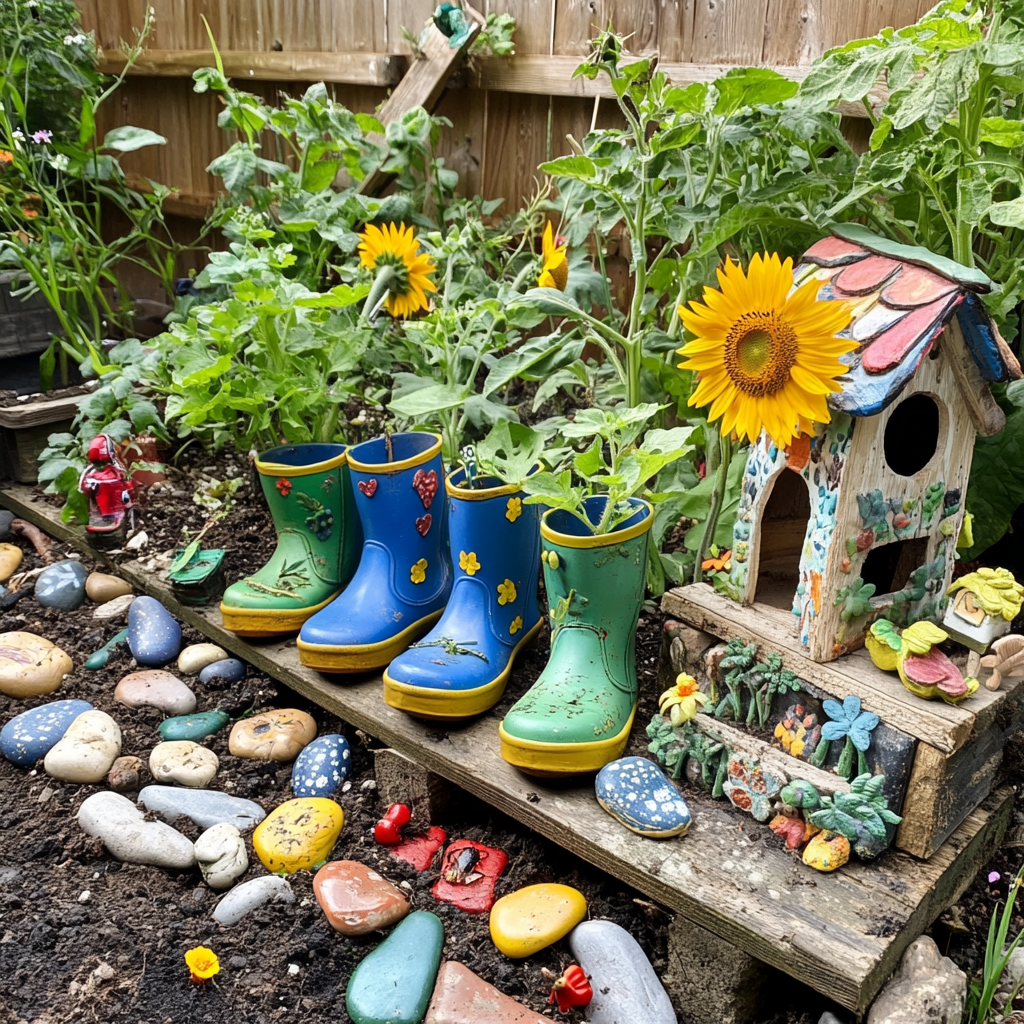
Outdoor Spaces
- Access to outdoor play areas is a must. Nurseries should have secure, age-appropriate spaces for children to explore and engage in physical activity.
- UK guidelines recommend 3.5 square metres per child in outdoor areas, so this should be considered in your layout plan.
- Ensure fencing and gates are secure, preventing children from wandering off.
- Include shaded areas to protect children from sun exposure, such as trees, canopies, or shade sails.
- Create areas where children can engage in imaginative play, like small playhouses or themed sections (kitchens, shops, etc.).
- Include covered areas and water-resistant materials so that children can enjoy the space year-round.
Step 2: Budgeting
Flooring
Given the nature of nurseries, the flooring needs to be durable, easy to clean, and safe for young children. Consider non-slip vinyl or rubber flooring that provides cushioning and reduces the risk of injury during falls.
- Cost consideration: For basic flooring, budget around £50 per square metre. For a 50m² classroom, this would equate to approximately £2,500.
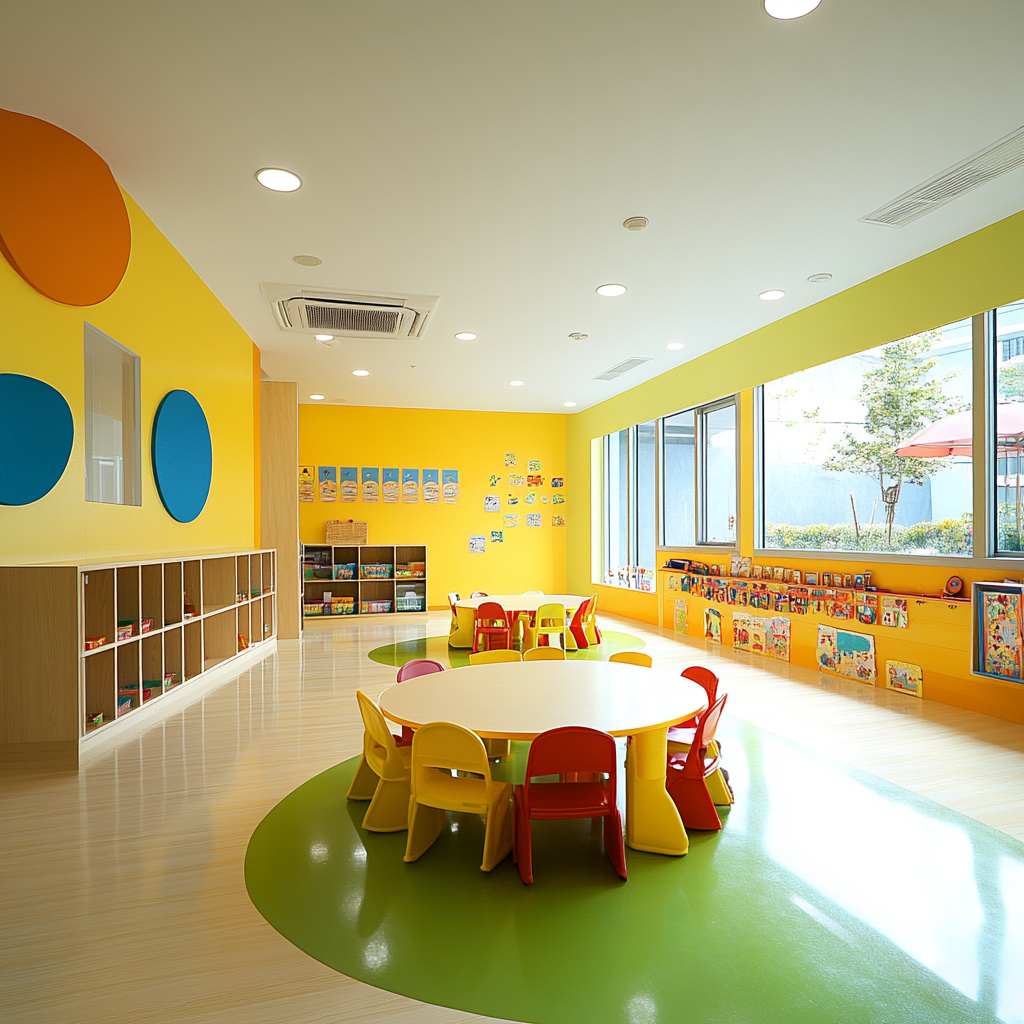
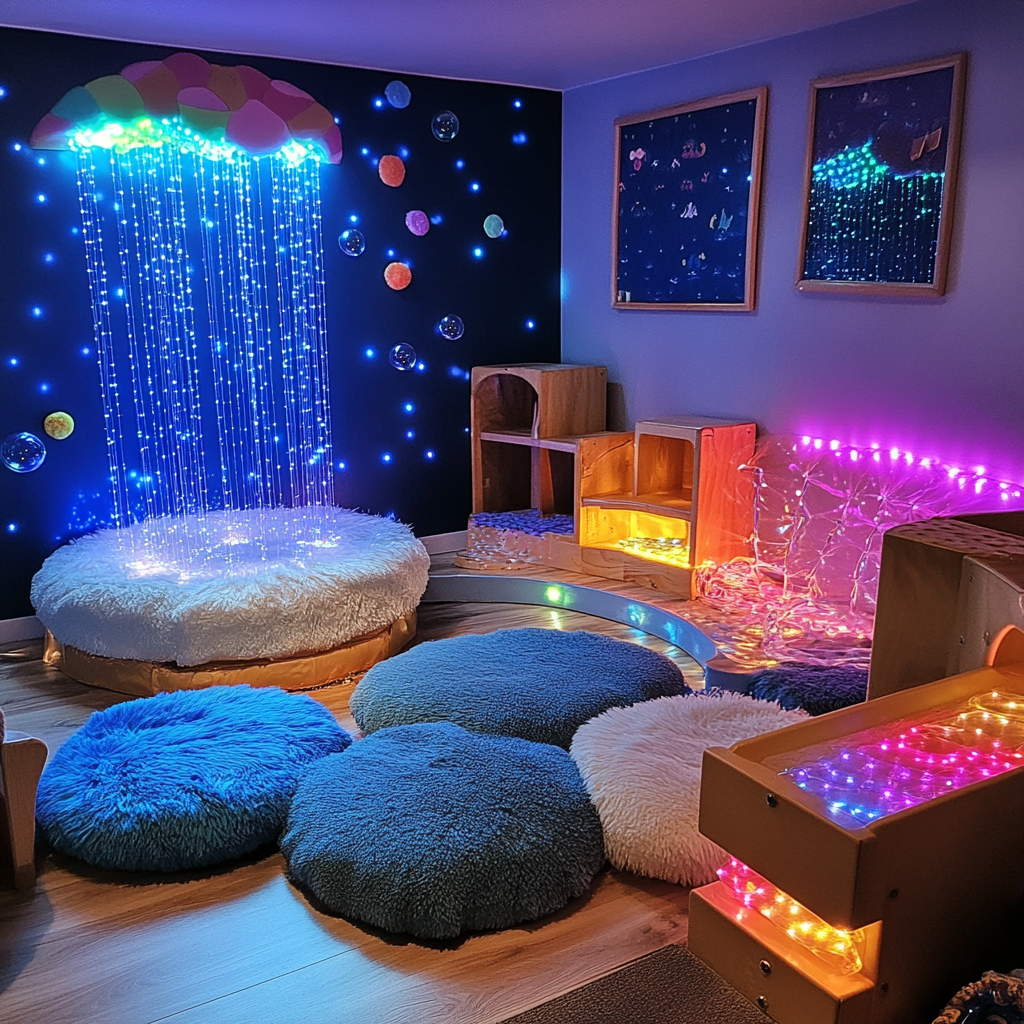
Wall Decoration
Bright and engaging walls are key to creating a stimulating nursery environment, but the décor should also promote calmness in rest areas. Consider child-friendly, washable paints or wallpaper in cheerful but soothing colours.
- Cost consideration: Decorating the walls can cost around £20 per square metre. For a 50m² classroom with four 3m-high walls, that could total approximately £1,200.
Toilets and Basins
Replacing standard toilets with appropriately sized nursery facilities is crucial for the comfort and independence of young children. You’ll need:
- Low-level toilets and sinks.
- Safe, easy-to-use taps.
You should budget for installing toilets and basins designed for children aged 0-5. Expect the cost of fixtures, plus installation, to be around £2,000–£3,000 depending on the number of units.


Indicative Costs
Here’s a basic cost breakdown for converting a classroom into a nursery:
| Item | Approximate Cost |
| Flooring (£30 per m² for 50m²) | £2,500 |
| Wall decoration (£20 per m² for 60m²) | £1,200 |
| Washroom upgrades | £2,000–£3,000 |
| Child-sized furniture | £2,000–£3,000 |
| Play Equipment | £1,500–£2,500 |
| Total | £10,200 + |
Step 3: Enhancing the Nursery Experience
Once the essentials are in place, you can add final touches to take your design to the next level:
- Sensory Rooms: Soothing spaces to engage and support children with lighting, tactile walls, sound elements and cozy seating.
- Nature-inspired Play areas: Opportunities for children to interact with nature such as bug hotels, vegetable gardens, living walls.
- Soft Play: Safe, cushioned play areas with blocks, slides and climbing areas to support Gross Motor Skills.
- Reading Nooks and Quiet Zones: Encourage literacy with beanbags, rugs, dens and bookshelves at child-height.
- Interactive Walls and Floors: Chalkboard sections, magnetic walls, stepping stones promote creativity and exploration.
- Role Play Zones: create areas with pretend kitchens, hospitals and shops with dressing up options.
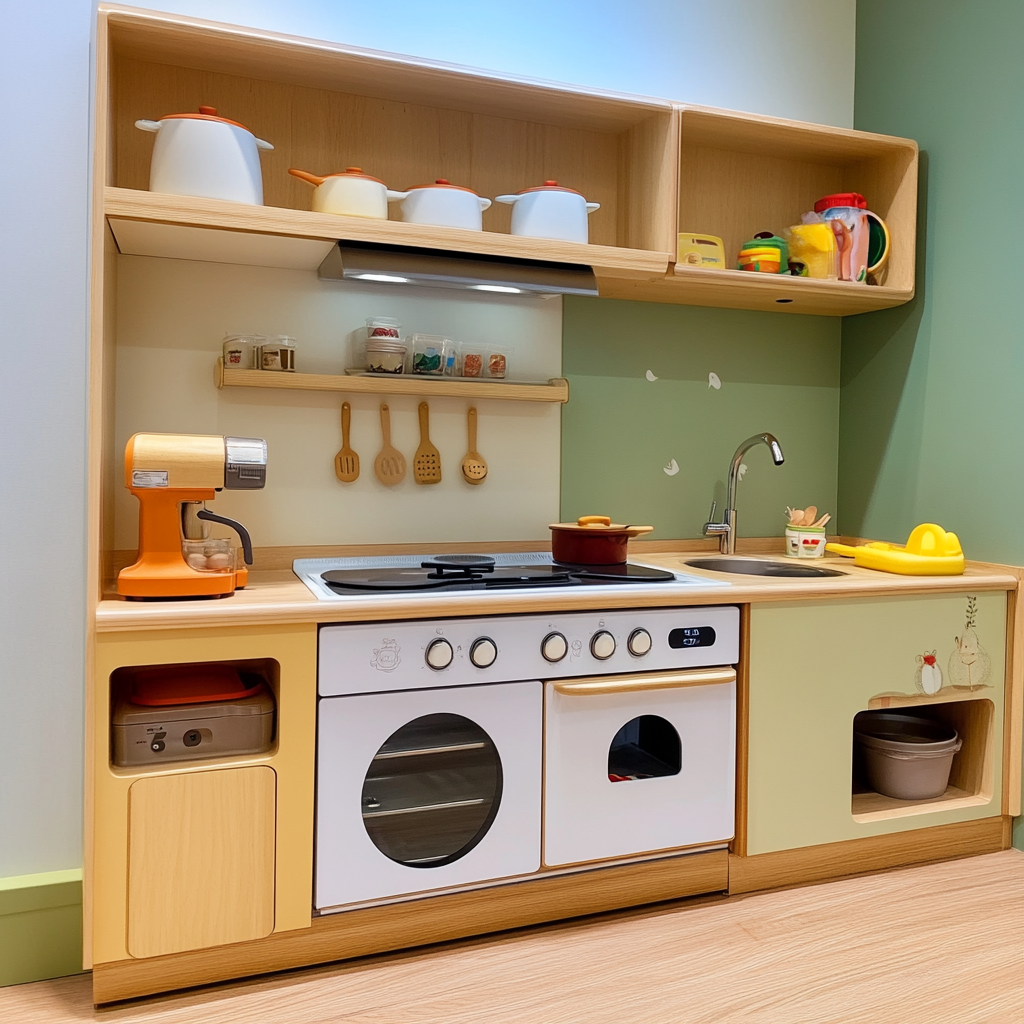

- Music and movement areas: Encourage music and performance with space for dancing, musical instruments and sound systems.
- Outdoor exploration and Learning: Create mud kitchens, sensory gardens and spaces for animal care.
- Creative Art Areas: Incorporate spaces for messy play with easy to clean surfaces.
- Healthy Eating: Provide facilities for children to cook and try new foods.
Final Thoughts
Converting an existing classroom into a nursery requires careful consideration of safety, comfort, and stimulation for young children. By understanding the regulations, planning the space, and budgeting for the essentials, you can create an inviting environment that nurtures the development of children aged 0–5.
If you’re ready to transform your space or need advice on designing the perfect nursery, CID Studyspace is here to help you every step of the way! Contact us for expert guidance and support.
sustainable classroom


